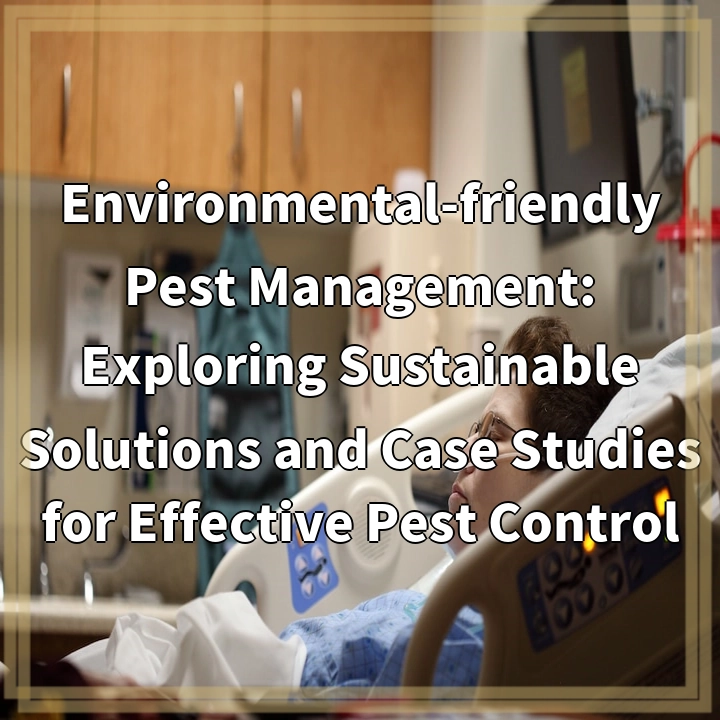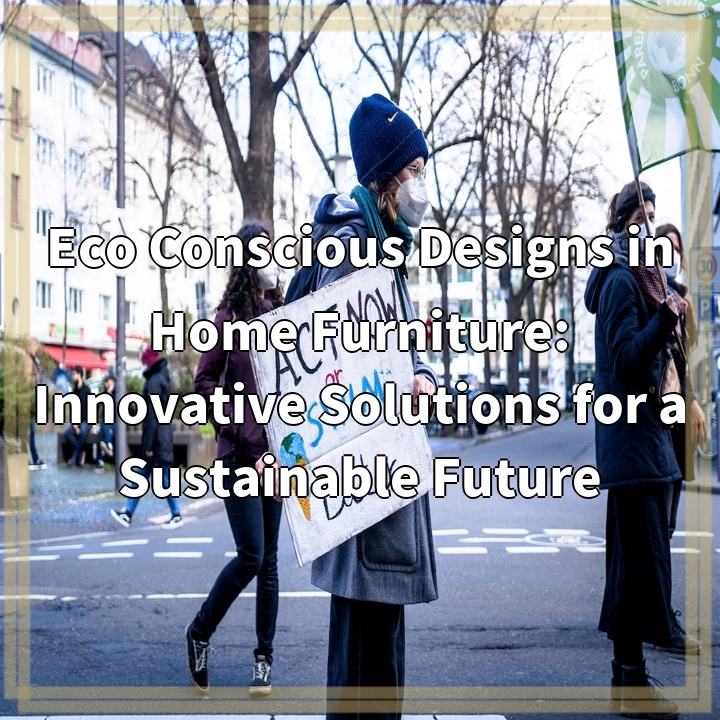
What is Environmental-friendly Pest Management?
Environmental-friendly pest management, also known as eco-friendly or sustainable pest control, refers to the use of methods and techniques that minimize harm to the environment while effectively managing pest populations. It focuses on finding alternatives to harmful chemical pesticides and embracing more natural, biological, and integrated approaches.
Real-World Problems Associated with Environmental-friendly Pest Management
Although environmental-friendly pest management offers various benefits, it also presents some challenges that need to be considered:
1. Initial Investment and Cost
Implementing environmentally-friendly pest management techniques may require an initial investment in infrastructure, equipment, and training. This can be a barrier for some individuals, businesses, or agricultural operations, especially those with limited resources.
2. Integration into Existing Pest Control Systems
Transitioning from conventional pest control methods to environmentally-friendly alternatives may require significant changes in practices and procedures. It can be challenging to integrate these new approaches into existing systems, especially for large-scale operations or industries with established protocols.
3. Limited Effectiveness in Some Cases
While environmentally-friendly pest management methods can be highly effective for certain pest species or situations, they may not provide the same level of control as chemical pesticides in every scenario. It is important to carefully assess the specific pest problem and select appropriate methods that align with the desired outcomes and environmental impact.
4. Education and Awareness
Another challenge is the lack of awareness and knowledge about environmentally-friendly pest management techniques. Many individuals and organizations may not be familiar with these methods or may not fully understand their benefits and applications. Education and outreach are essential to promote the adoption of sustainable pest control practices.
5. Balancing Pest Control with Environmental Considerations
An ongoing challenge is finding the balance between effective pest control and minimizing environmental impacts. It is important to prioritize the long-term health of ecosystems while managing pests, preventing unintended harm to beneficial insects, wildlife, soil, water, and air quality.

Solutions for Environmental-friendly Pest Management
Addressing the real-world problems associated with environmental-friendly pest management requires proactive measures and strategic approaches:
1. Financial Assistance and Support
Government agencies, NGOs, and agricultural extension services can provide financial assistance, grants, and education programs to help individuals and businesses transition to environmentally-friendly pest management. This can help overcome the initial investment and cost barriers.
2. Training and Education
Offering training and educational programs to farmers, pest control professionals, and individuals interested in sustainable pest management is crucial. This can include workshops, online courses, and certification programs to promote proper implementation and understanding of eco-friendly methods.
3. Research and Development
Continued research and development are essential to improve the effectiveness of environmentally-friendly pest management techniques. This includes exploring new biological control agents, refining integrated pest management approaches, and adapting practices to different pest scenarios.
4. Collaboration and Knowledge Sharing
Encouraging collaboration among researchers, industry experts, and practitioners facilitates the sharing of knowledge, experiences, and best practices. This can be done through conferences, forums, and online platforms to foster a supportive community dedicated to sustainable pest control.
5. Public Outreach and Awareness
Increasing public awareness about the benefits of environmentally-friendly pest management is crucial. This can be achieved through educational campaigns, media outreach, and collaboration with schools and community organizations. Highlighting success stories and case studies can inspire others to adopt sustainable pest control practices.















